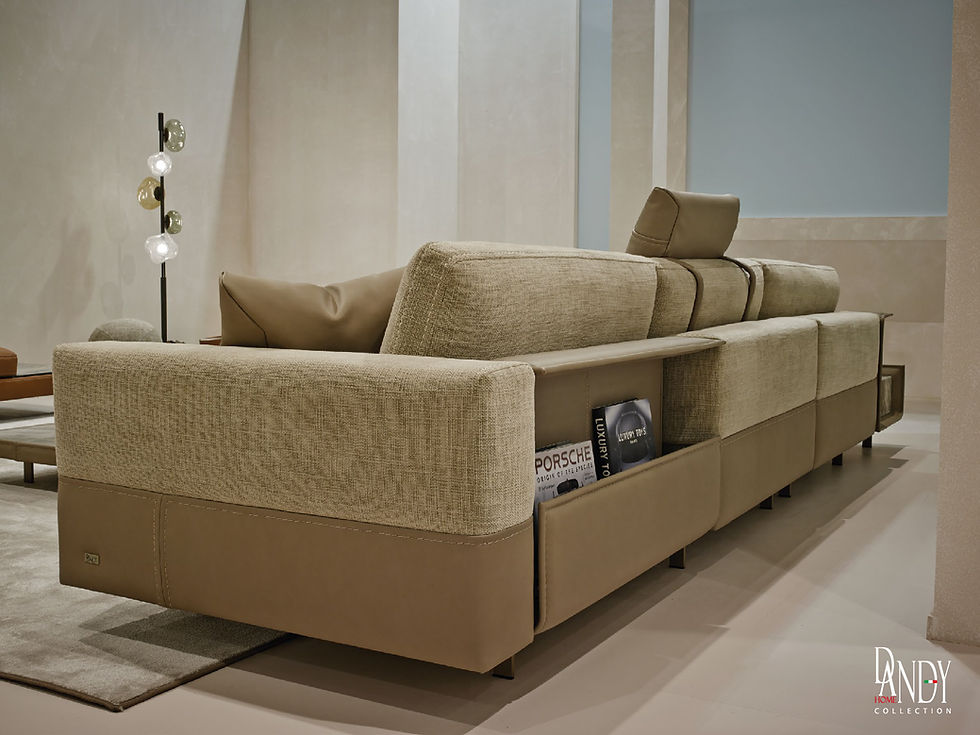Exploring the Timeless Elegance of Western Furniture
- Jhon Western
- Nov 28, 2023
- 2 min read

Introduction:
Western furniture, with its rich history and diverse influences, stands as a testament to the artistry and craftsmanship that has defined the Western world for centuries. From the rustic charm of the American frontier to the opulence of European palaces, Western furniture reflects a wide range of styles, each telling a unique story of cultural, historical, and artistic evolution.
Historical Overview:
The evolution of Western furniture can be traced back to ancient civilizations such as Greece and Rome. Influenced by classical aesthetics, these early designs emphasized both functionality and beauty. As time progressed, the Middle Ages saw the rise of Gothic and Renaissance styles, characterized by intricate carvings, ornate details, and a fusion of religious and classical themes.
The Renaissance laid the groundwork for the elaborate furniture seen in the courts of European monarchs during the Baroque and Rococo periods. These styles showcased opulence through gilded surfaces, intricate marquetry, and voluptuous forms, reflecting the wealth and power of the ruling elite.
Colonial America and Frontier Styles:
As settlers moved westward in the Americas, Italian furniture design adapted to the rugged conditions of the frontier. Early American furniture, influenced by English, Dutch, and other European styles, prioritized simplicity, functionality, and durability. The Shaker and Mission styles emerged during this period, emphasizing clean lines and practicality.
The Industrial Revolution:
The 19th century brought about significant changes in furniture production with the advent of the Industrial Revolution. Mass production techniques allowed for more accessible and affordable furniture. Victorian and Edwardian eras saw a revival of historical styles, incorporating elements from Gothic, Renaissance, and Rococo periods.
Arts and Crafts Movement:
In response to the excesses of mass production and the Industrial Revolution, the Arts and Crafts movement emerged in the late 19th century. Advocates like William Morris and Gustav Stickley promoted handcrafted, quality furniture with simple lines and natural materials. This movement laid the foundation for the modernist design principles of the 20th century.
Mid-Century Modern:
The mid-20th century marked a departure from traditional ornamentation with the rise of Mid-Century Modern design. Influenced by the Bauhaus movement, designers like Charles and Ray Eames, Eero Saarinen, and Hans Wegner created iconic pieces known for their clean lines, organic shapes, and innovative use of materials.
Contemporary Western Furniture:
Today, Western furniture continues to evolve, embracing a blend of traditional craftsmanship and contemporary aesthetics. Designers draw inspiration from various periods, creating pieces that reflect both a respect for history and a vision for the future. Sustainability and eco-friendly materials are increasingly emphasized, reflecting a growing awareness of environmental concerns.
Conclusion:
Western furniture, with its diverse styles and influences, serves as a fascinating journey through the cultural and artistic history of the Western world. From the grandeur of European palaces to the simplicity of frontier cabins, each era has left its mark on the evolving landscape of furniture design. Today, as designers continue to push boundaries and explore new possibilities, Western furniture remains a dynamic and integral part of the global design conversation.
